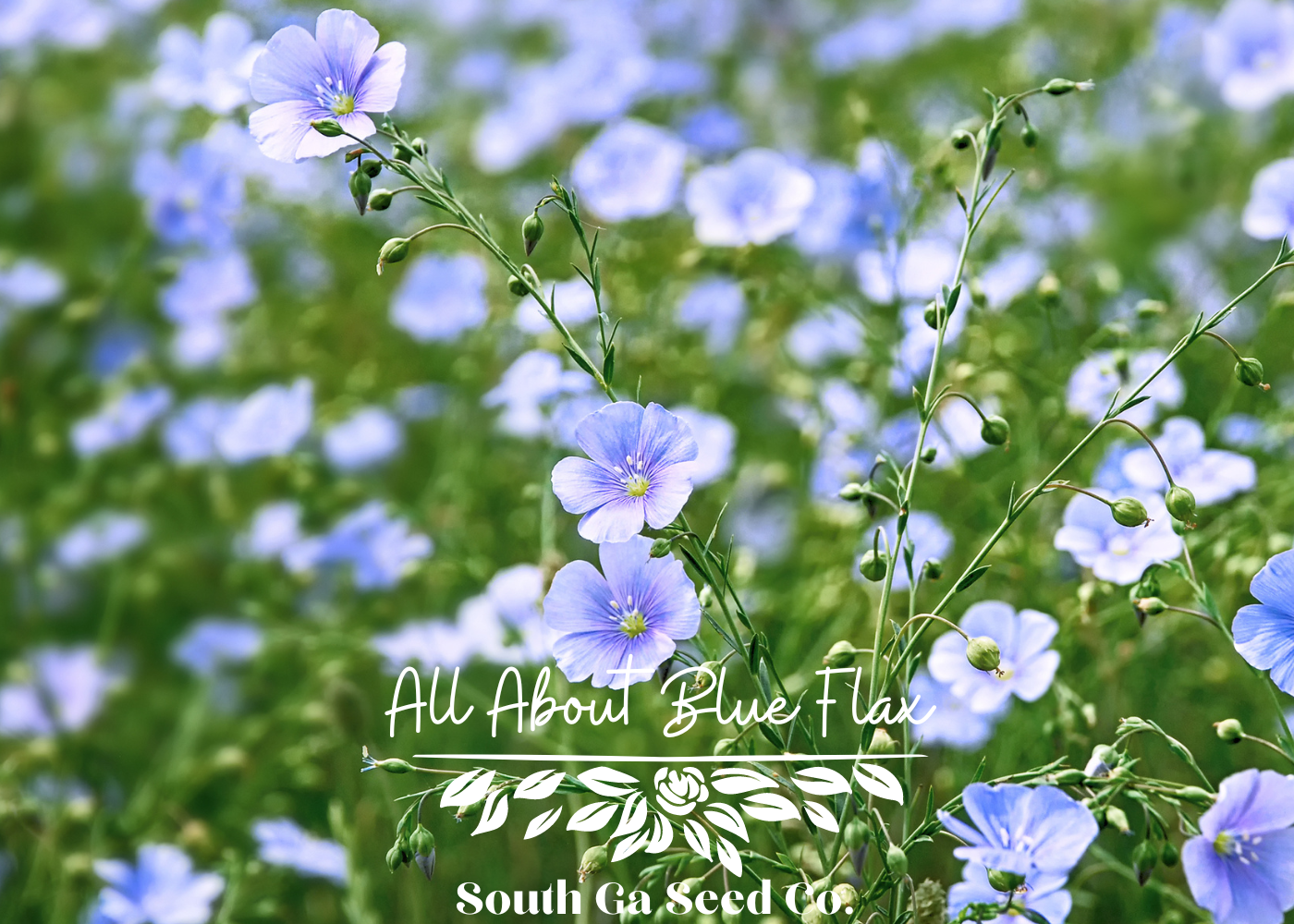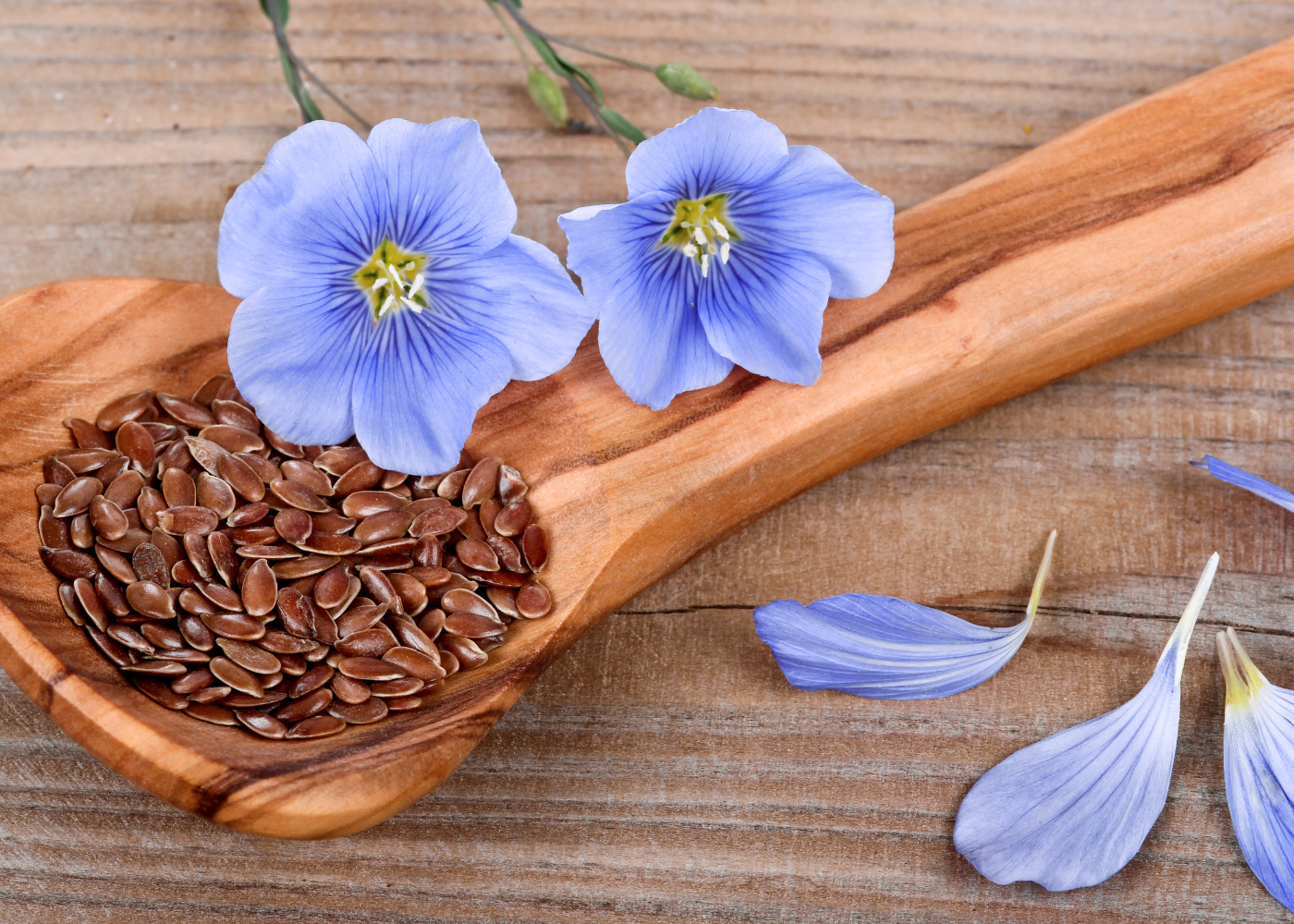Posted by Jennifer Dixon on 18th Feb 2024
All about Blue Flax

Blue flax, also known as Linum usitatissimum, has a long and rich history that dates back to the Middle Ages. During this period, blue flax was highly valued for its versatility and practical uses. It was cultivated for its strong fibers, which were spun into linen for clothing, bedding, and other textiles. Blue flax was also used for its edible seeds, which were a valuable source of nutrition. Additionally, the vibrant blue flowers of the plant added beauty to gardens and landscapes, making it a popular choice for ornamental purposes.
Since Blue flax has a range of uses and benefits it’s no wonder that its delicate blooms have been desired in gardens and landscapes around the world, adding a touch of elegance and charm. The plant is also known for its resilience and ability to thrive in various climates, making it a popular choice for low-maintenance gardening. Blue flax is also valued for its ability to attract pollinators such as bees and butterflies, contributing to a healthy ecosystem.

In addition to its beauty and ecological benefits, blue flax has been used in traditional medicine for its purported therapeutic properties. The plant is believed to have anti-inflammatory and soothing effects, and its seeds are rich in omega-3 fatty acids, making them a valuable dietary supplement.
Whether grown for its beauty, environmental impact, or health benefits, blue flax continues to be a beloved plant with a storied past and a promising future.
How to Grow Blue Flax
Growing blue flax, also known as Linum lewisii, is a rewarding experience for gardeners looking to add a splash of vibrant blue to their landscapes. Here are some steps to help you successfully cultivate blue flax:
- **Choose the Right Location:** Blue flax thrives in well-drained soil and full sunlight. Select a spot in your garden that receives plenty of sunlight throughout the day and has soil that drains well to prevent root rot.
- **Planting:** Blue flax can be propagated from seeds. Plant the seeds in the early spring after the last frost. Scatter the seeds over the prepared soil and lightly press them in. Keep the soil moist until the seeds germinate.
- **Maintenance:** Once your blue flax plants start growing, water them regularly, especially during dry spells. Avoid overwatering, as this can lead to root rot. Deadhead the flowers to encourage more blooms and remove any dead or yellowing leaves to promote healthy growth.
By following these steps, you can enjoy the delicate beauty of blue flax in your garden and attract pollinators like bees and butterflies with their lovely blue blooms.
Click here to buy Blue Flax Seeds
